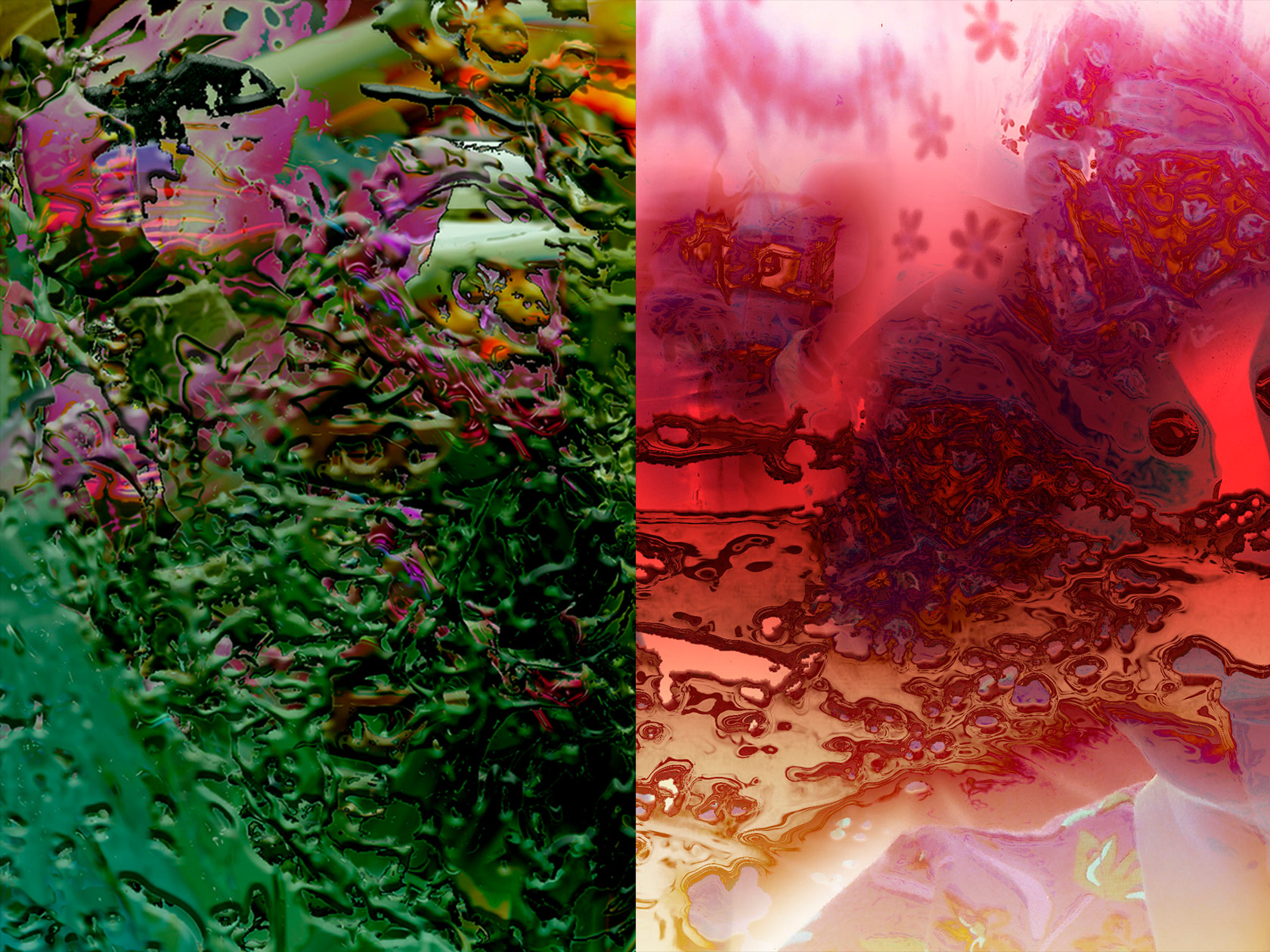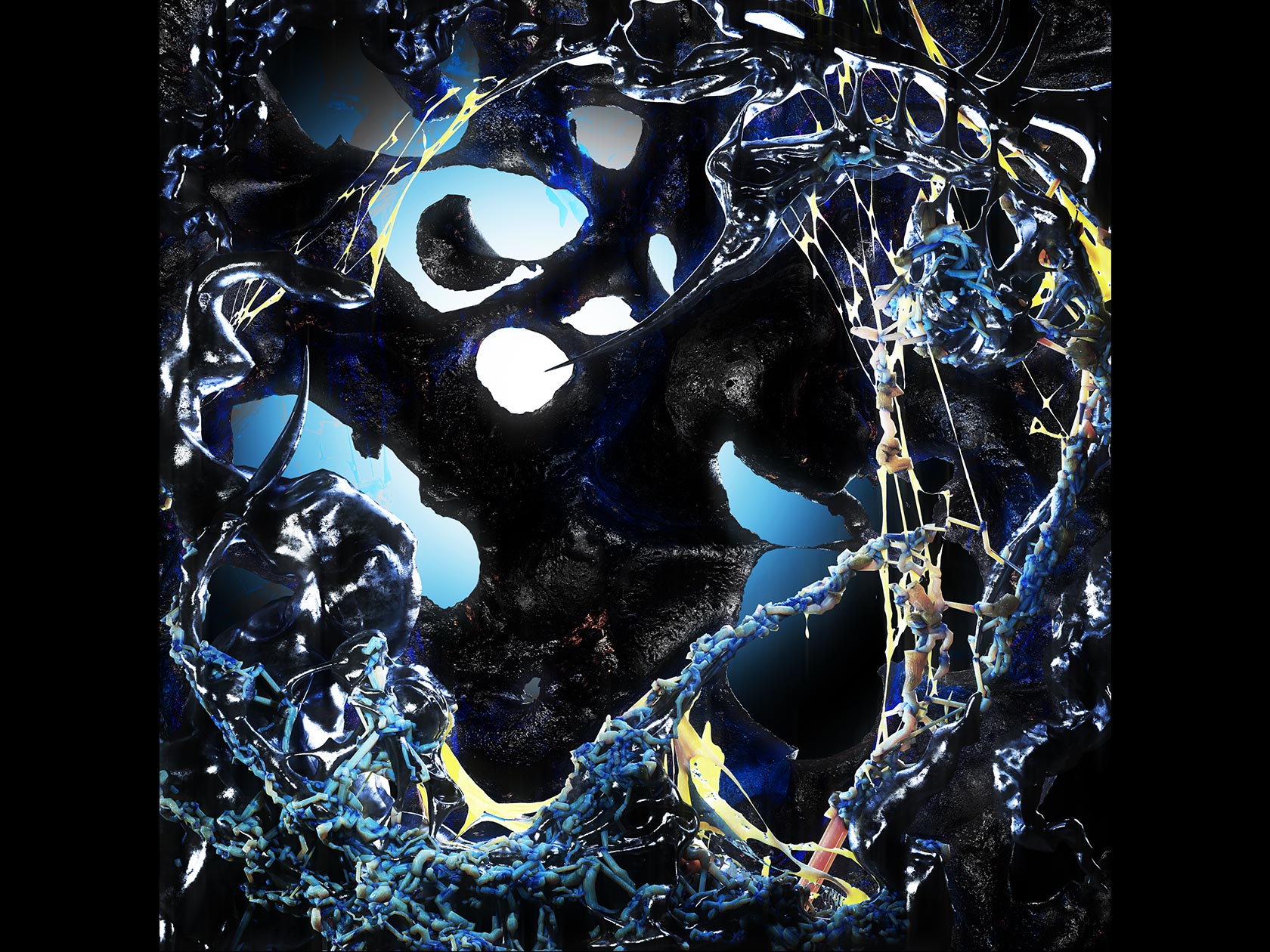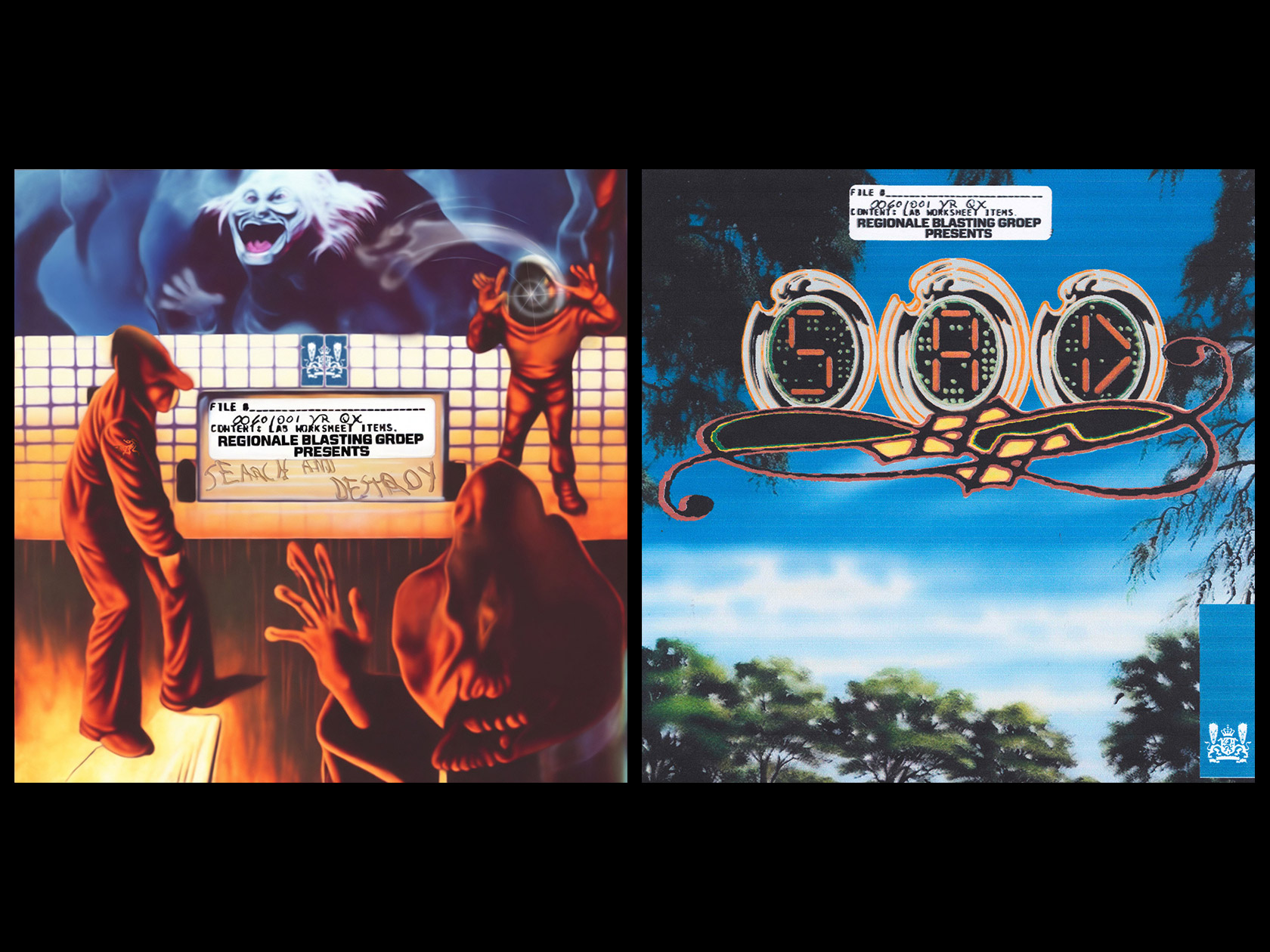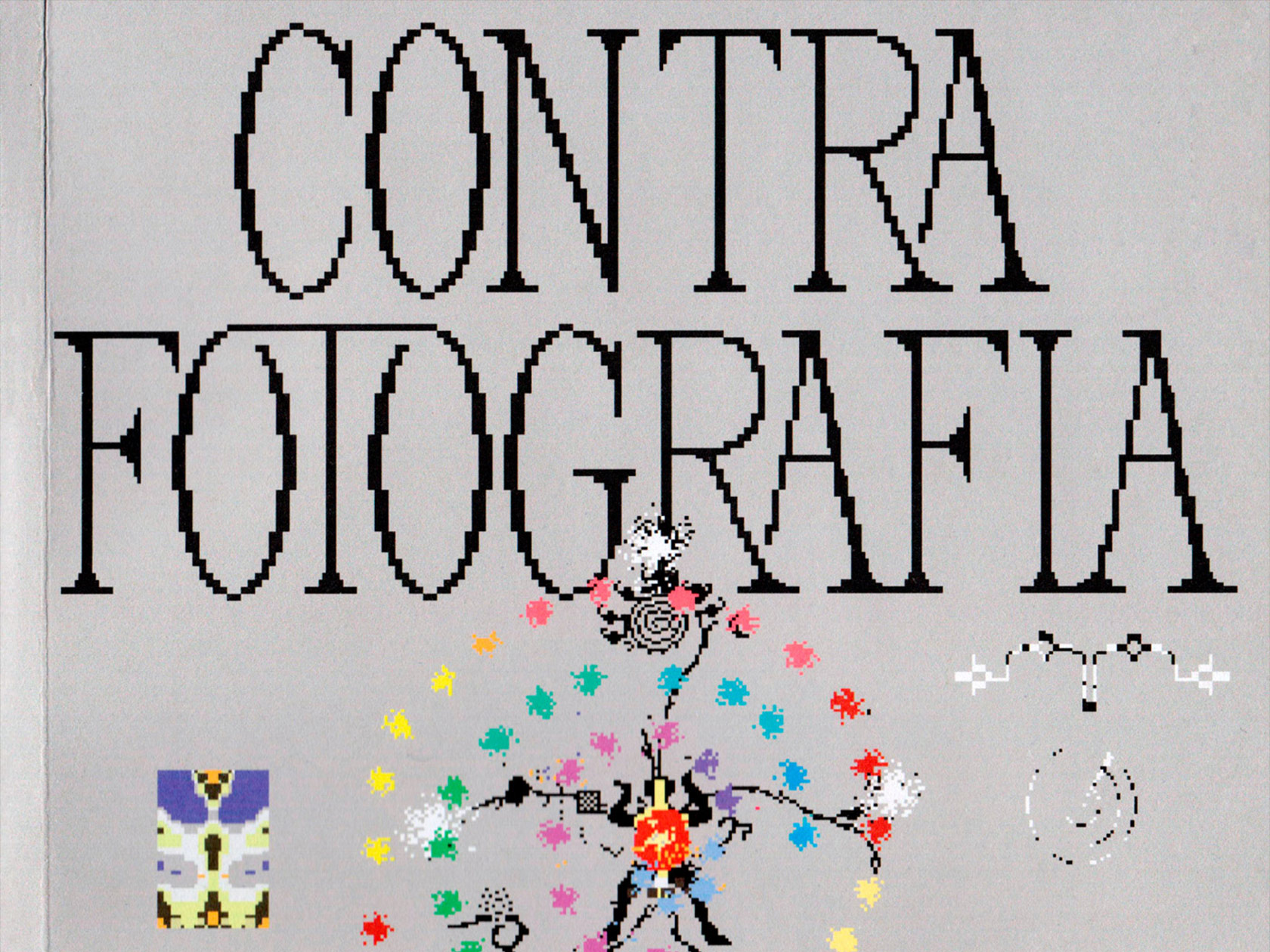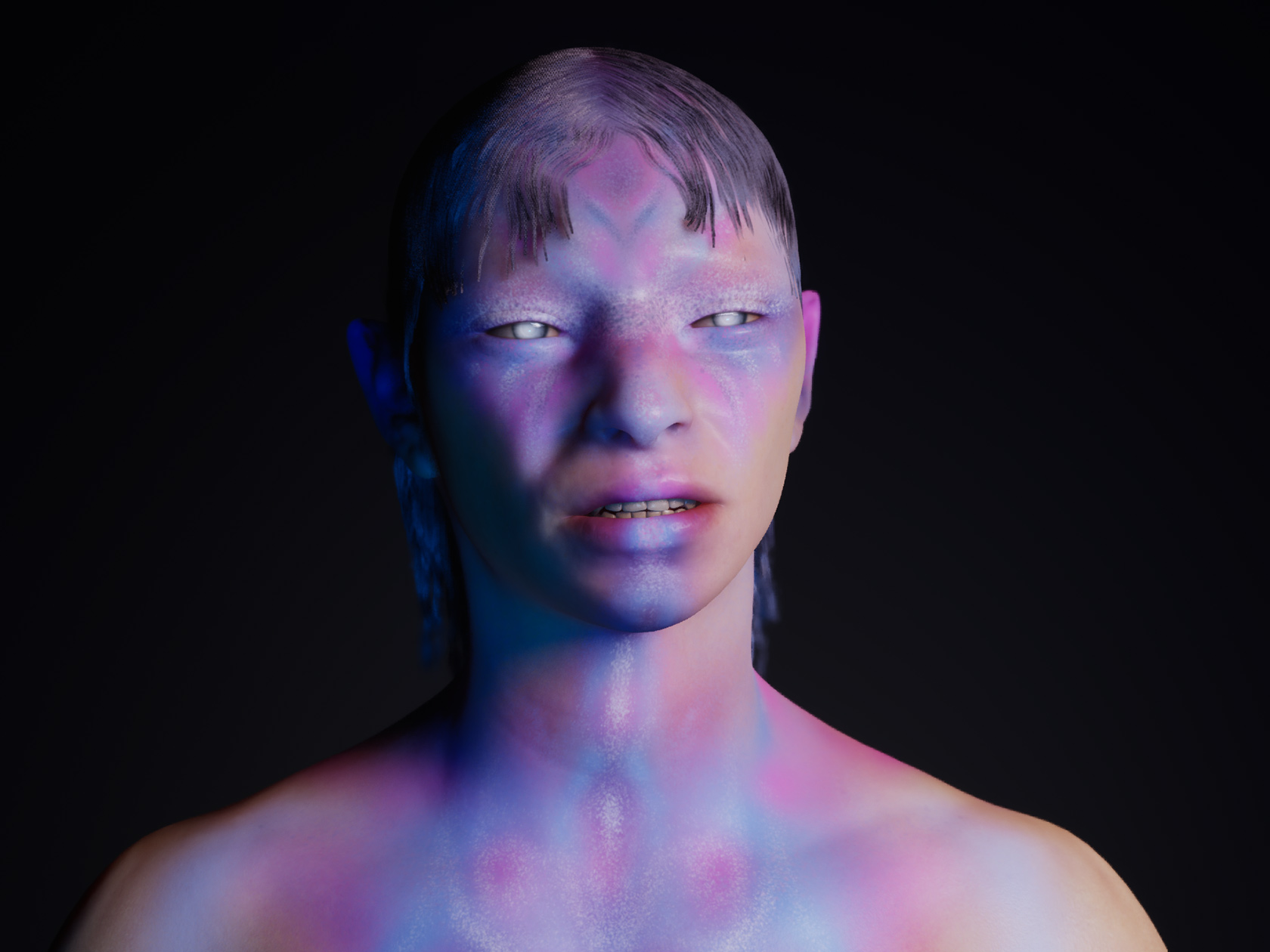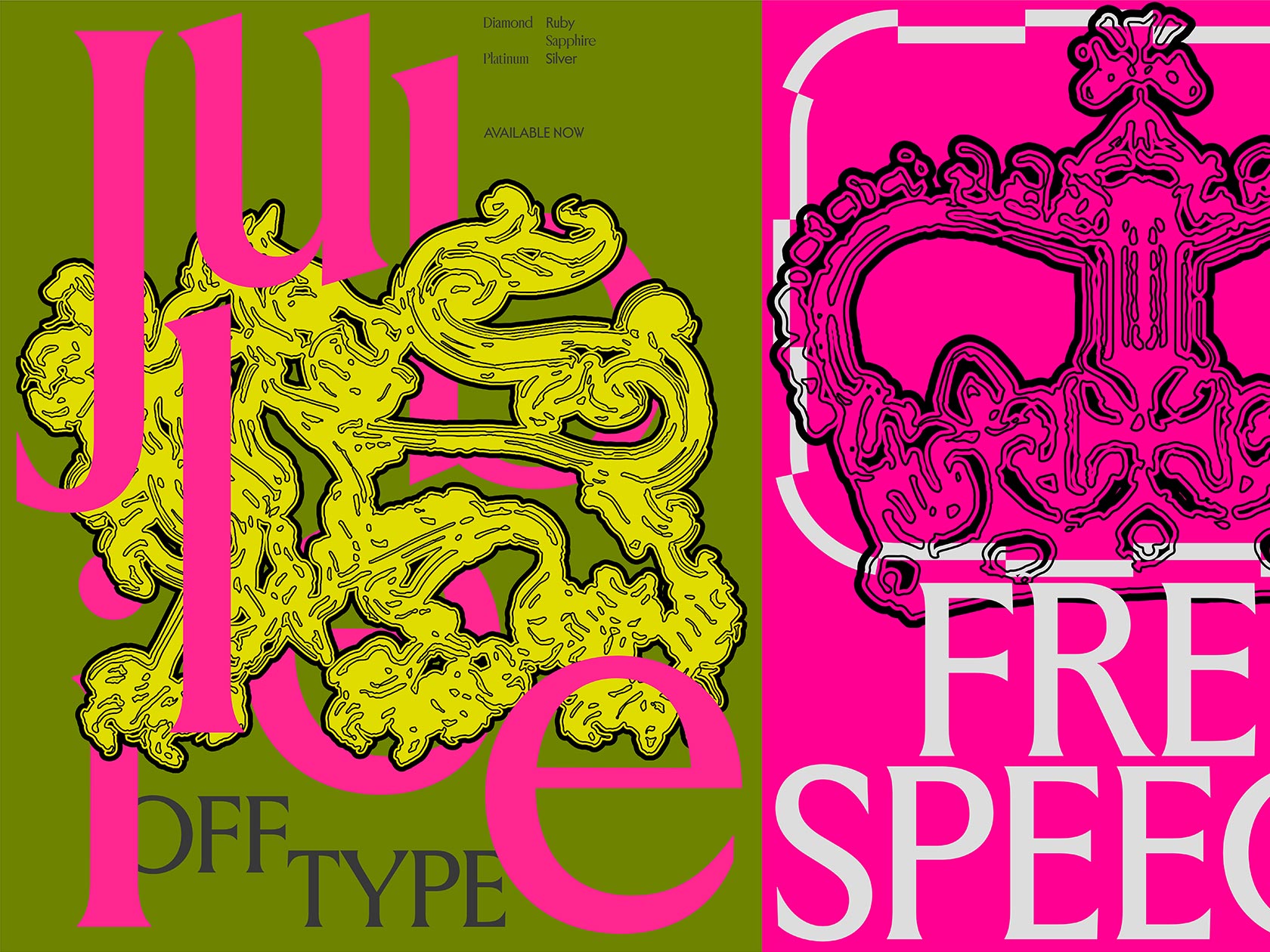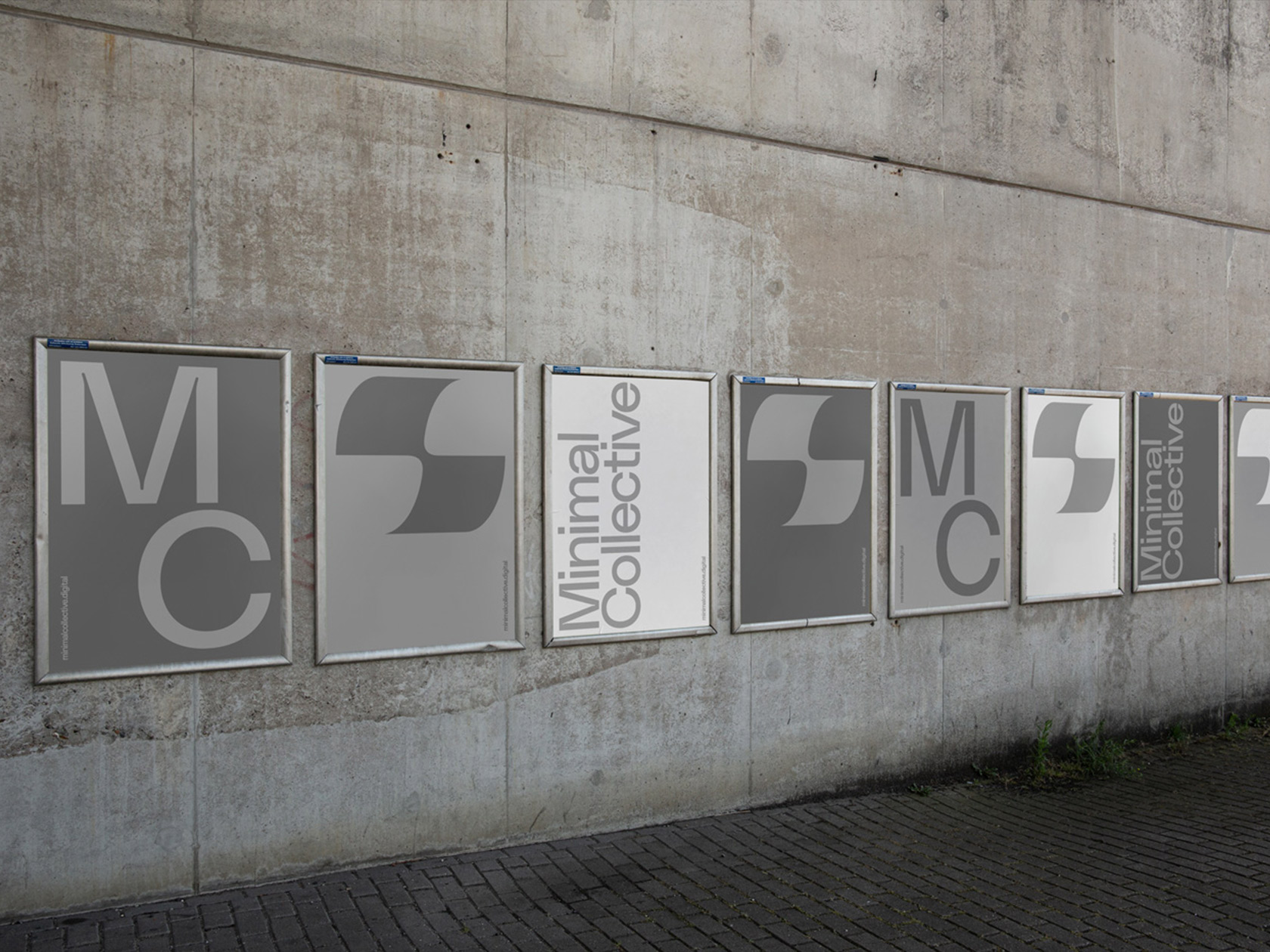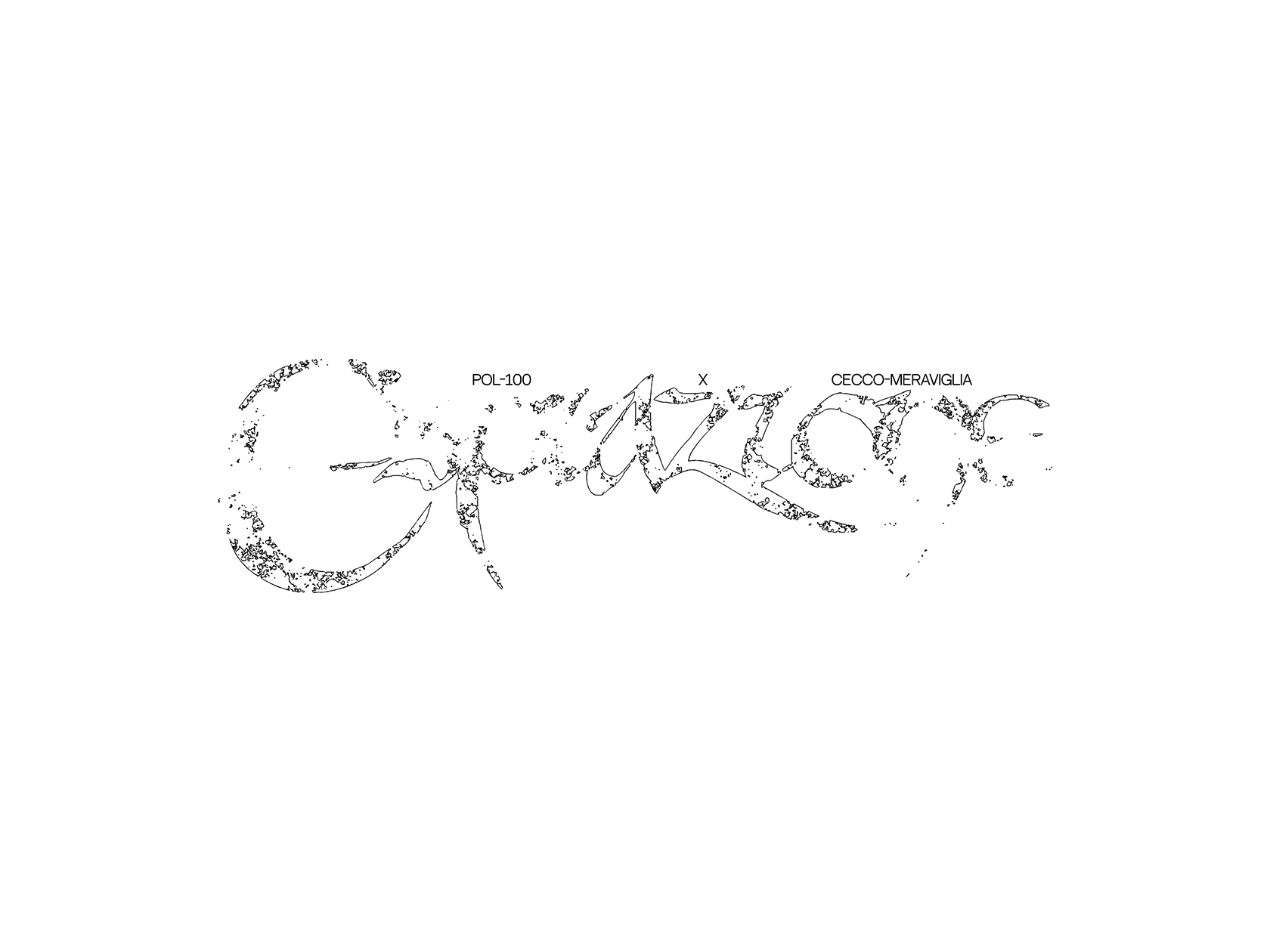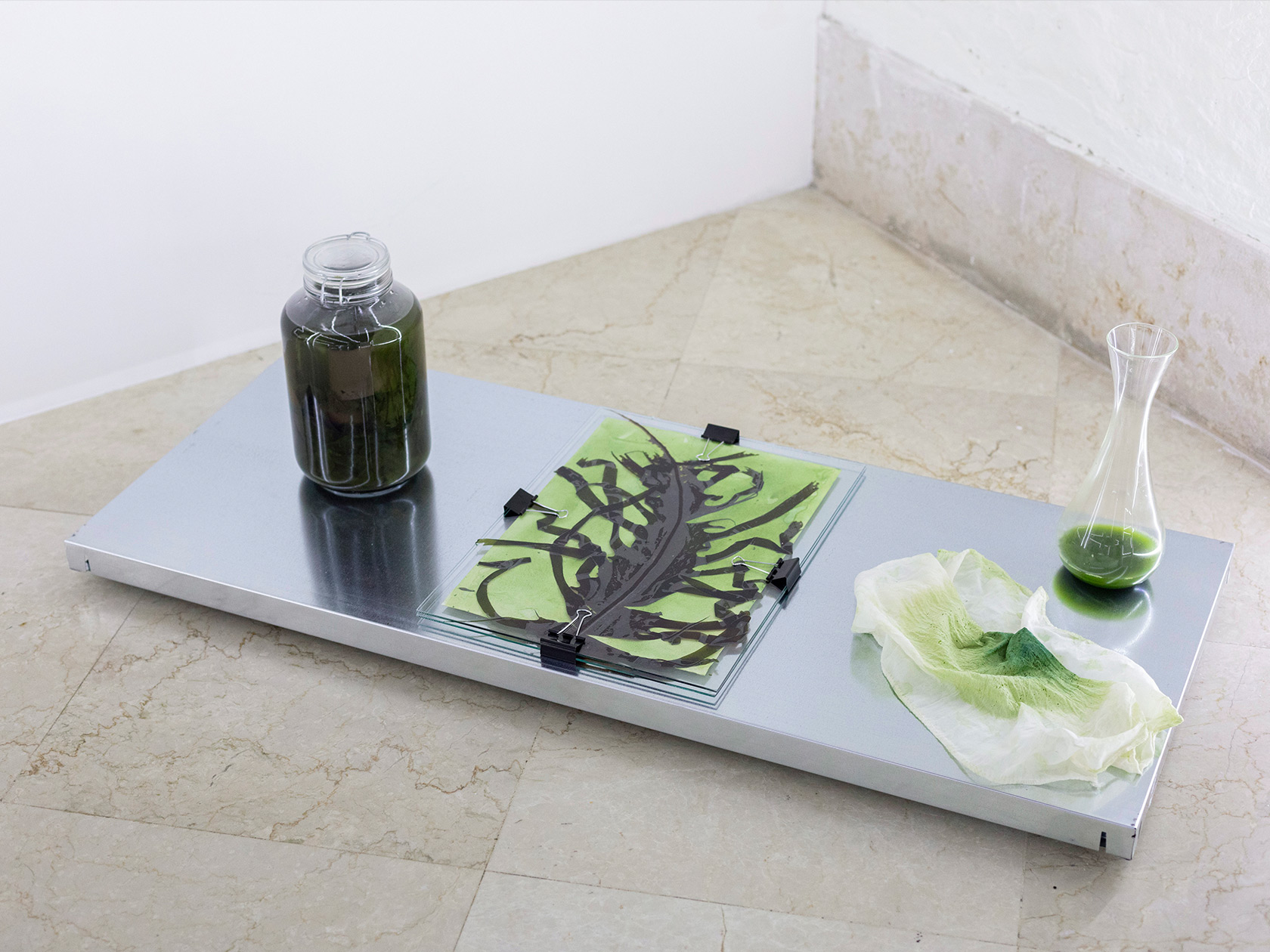“There’s not really a message to be spread but mostly a feeling of nostalgia – saudade – which is an untranslatable Portuguese word that refers to the feeling of missing something or someone”, explains Porto born graphic designer and photographer Sara Bastai about Gel Illusions, a interactive website that she has currently launched in collaboration with Maciej Czubak and Fernando Espeso. The platform can be seen as digital archive of Sara’s personal memories, a translation of distant thoughts, landscapes and subjects from her mind into new digital images. It explores the concept of memories as light leaks that mutate and diverge from reality”, Sara tells Collide24, referring to her work as an attempt to reconstruct her own memories, “A space where I can display those missing pieces, unanswered questions. Everything in between what I remember and what I captured with images.” The images were created by a photoshop script built by Sara, which generates digitally composed images based on a database of individual pictures.
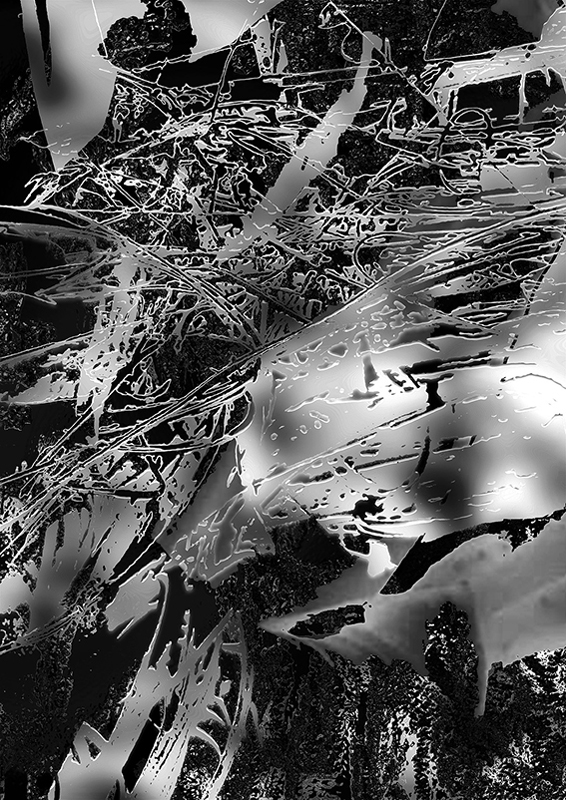
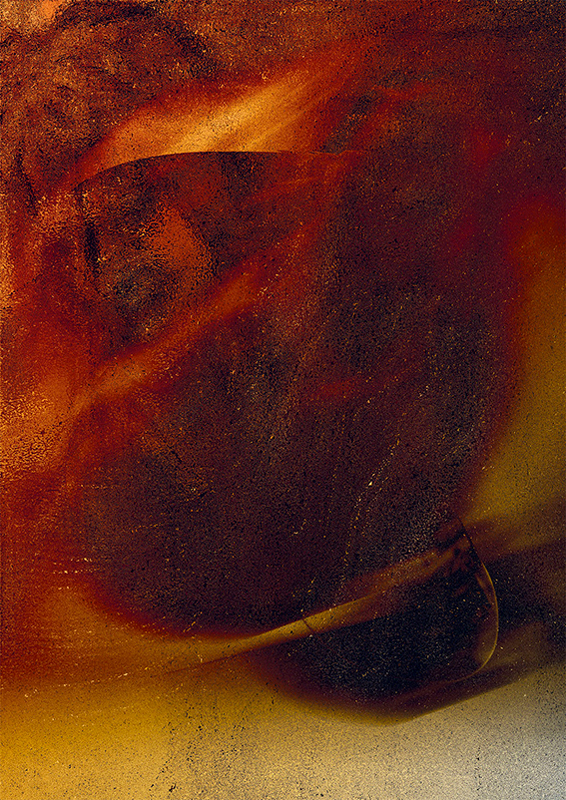
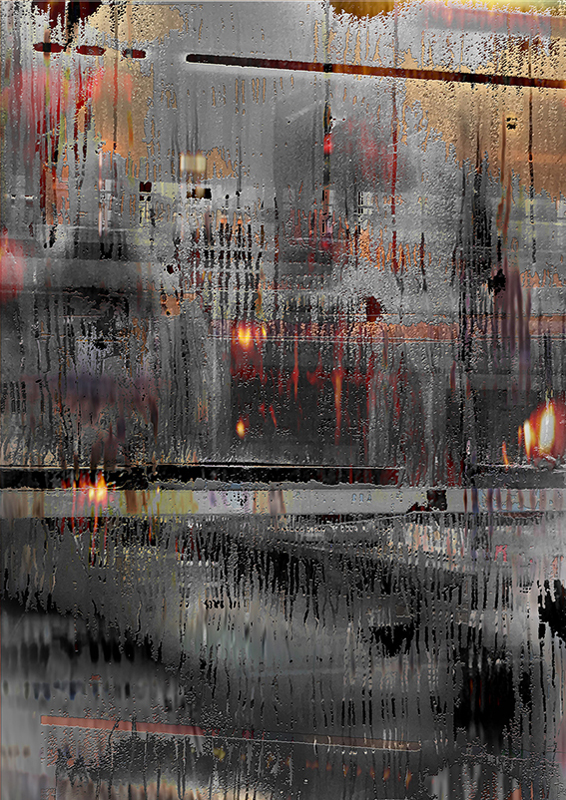
After working in the communication department of the fashion brand Lemaire in Paris, Sara decided to take part in the master’s program in photography at ECAL and move to Switzerland. Now in her second year, she learnt to combine her experience in art direction and graphic design with her new training in photography. Gel Illusions is actually a continuation of a body of work, which started with a book called “There were flowers in the place”. The book was Sara’s first attempt to work around the concept of personal memories and mutate them by using different printing techniques. “I created layers of memories and started to blend them from one page to another. The book became a cycle, without a begging or an end, where you can go through this mutation and transition of my memories”, Sara explains. Afterwards, the project was put in a new context in form of an interactive, digital archive. The name of the project is inspired by the semi-solid materiality of gel, referring to the intangibility and fragileness of memories, as well as illusions as some dreamy, blurry state of surreality.
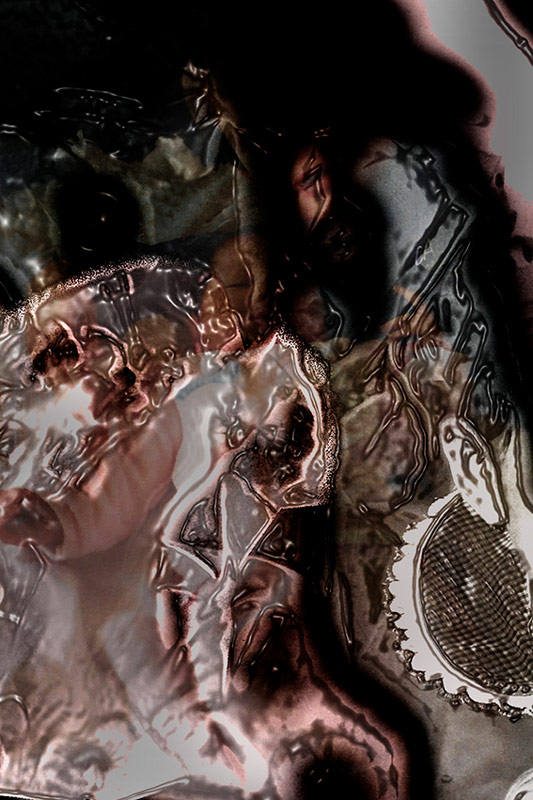

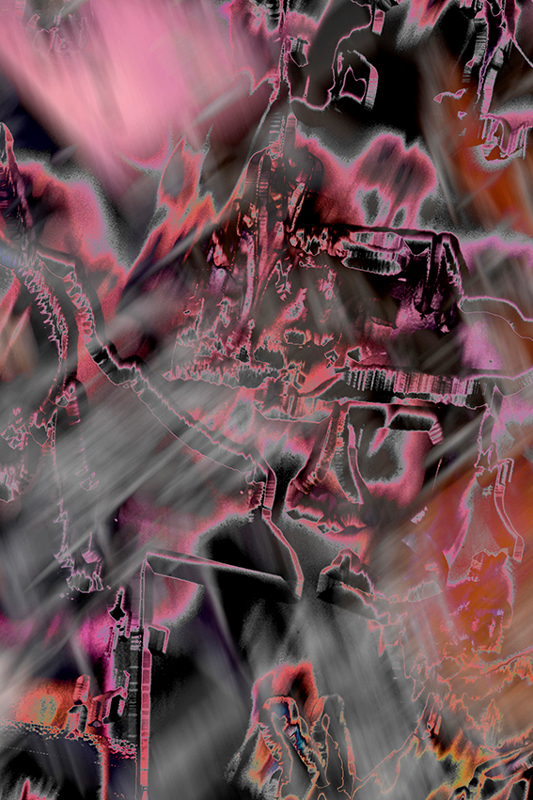
What has been a turning point in your creative development so far?
S: I would say the biggest turning point in my career was when I realized I wanted to pursue photography and art direction. I was working as a graphic designer and came to the conclusion that I wanted to be more involved in the development of the content itself. Therefore, that led me to apply to ECAL’s master in photography which made my career change drastically change and hopefully evolve.
M: There is no dramatic turning point but working on my first commission which was writing music for a short movie made a lasting impact on my creative development.
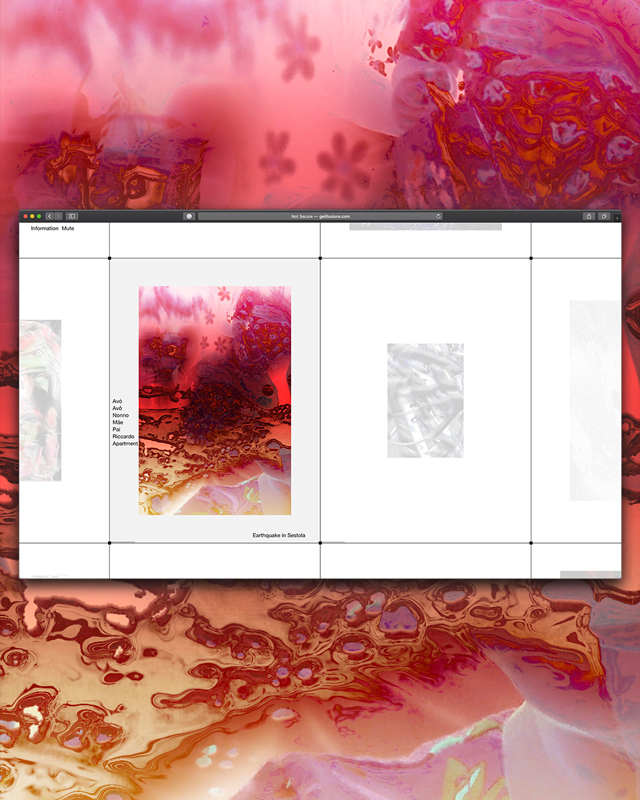
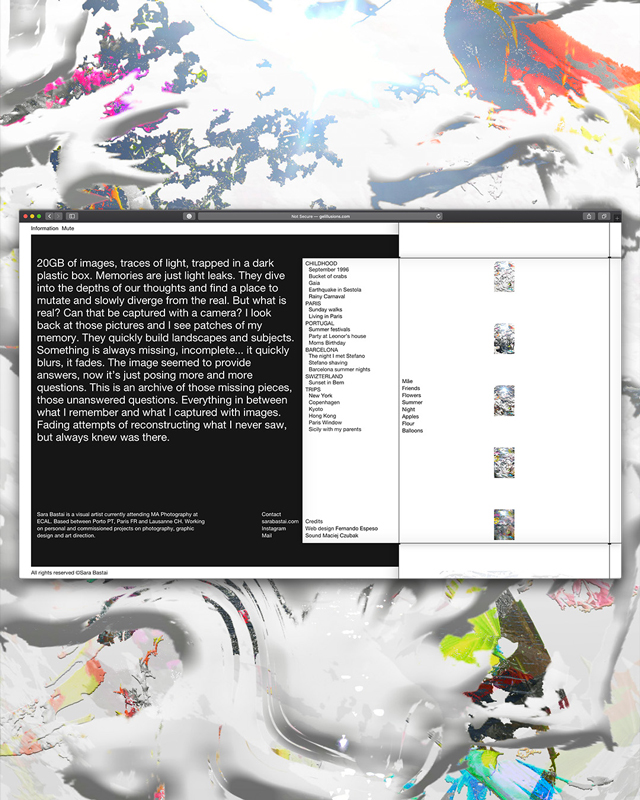
“The website was set up as an organic archive that enables you to navigate (by dragging) trough the memories. Showcasing this process of mutation, time, distortion and layering. Unveiling the layers (when scrolling) and also creating an immersive experience with sounds and voices that appear when hovering over the images”, Sara explains. In order to create this kind of experience, she teamed up with Fernando and Maciej, who she got to know through common friends. Fernando works as a graphic and web designer in Vienna, juggling commissions and collaborative projects for the cultural sector, as well as self-initiated projects with a strong focus on experimental coding. “Fernando’s work fit perfectly to what I wanted to do so I contacted him trough Instagram and asked him to be part of this collaboration”, Sara tells us. Together, they worked on the design of the digital archive, starting by defining the kind of sensation they aimed at achieving. “To me, it was very important to perceive the idea of a digital archive that stores digital memories and allows people to navigate trough them. During this time, Fernando was mostly working on the user experience and design and I was providing him the content and having back and forward feedback to achieve what I envisioned.”
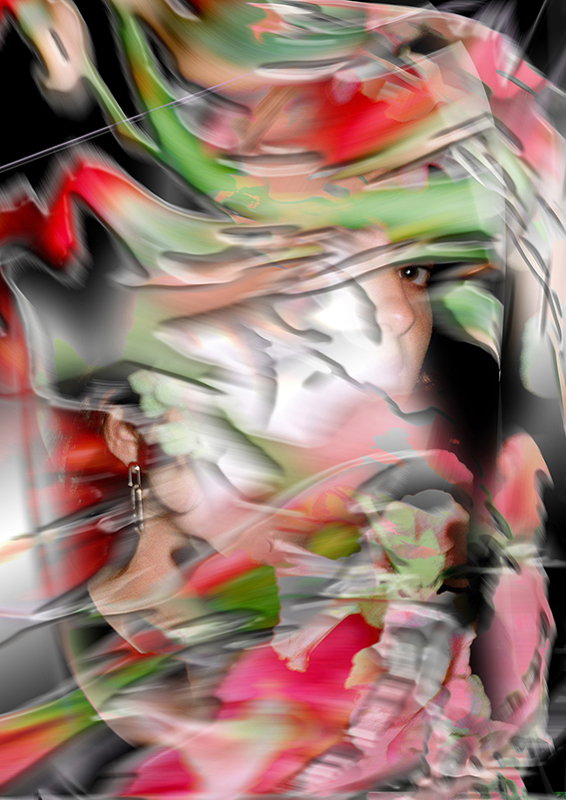
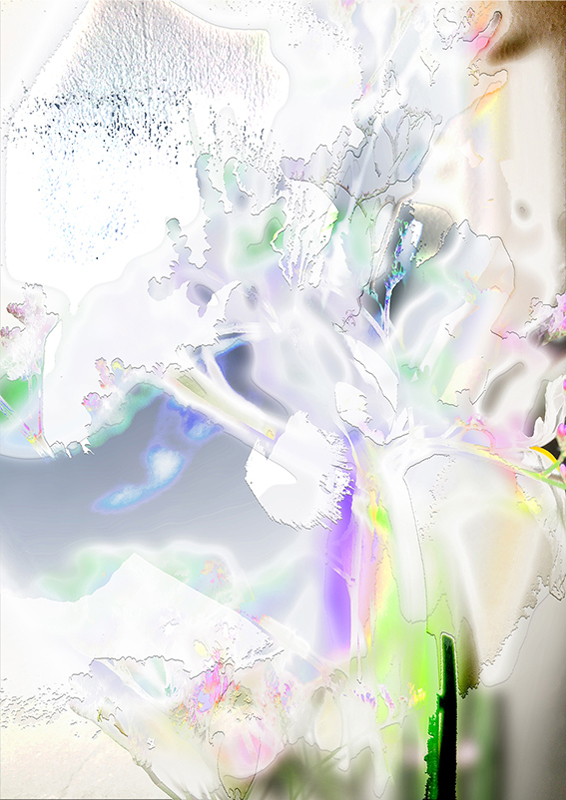
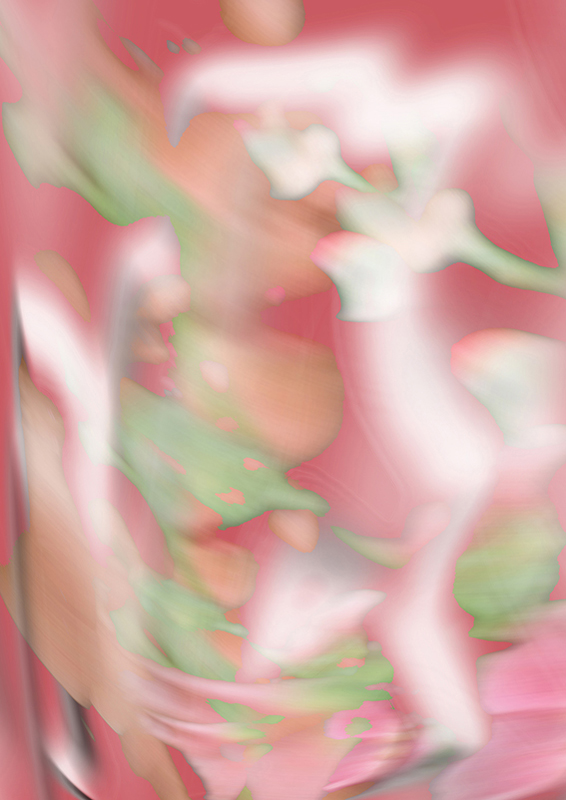
After they had a clear idea of the website in mind, Sara provided Maciej with some information about the memories and sent him sounds and “cringy” voice memos of her, her friends and family that she wanted to be included. Born and raised in South-western Poland, Maciej now lives London and works as a software engineer and music producer. “Maciej had already worked with my flatmate before, so I already knew he could achieve the results I wanted”, Sara explains, “My main goal was to give Maciej some idea of the mood I wanted to create and which had to be close to my own perception of that memories. Other than that, he was totally free to experiment and create a sound for each memory in a time frame of 1 minute.”
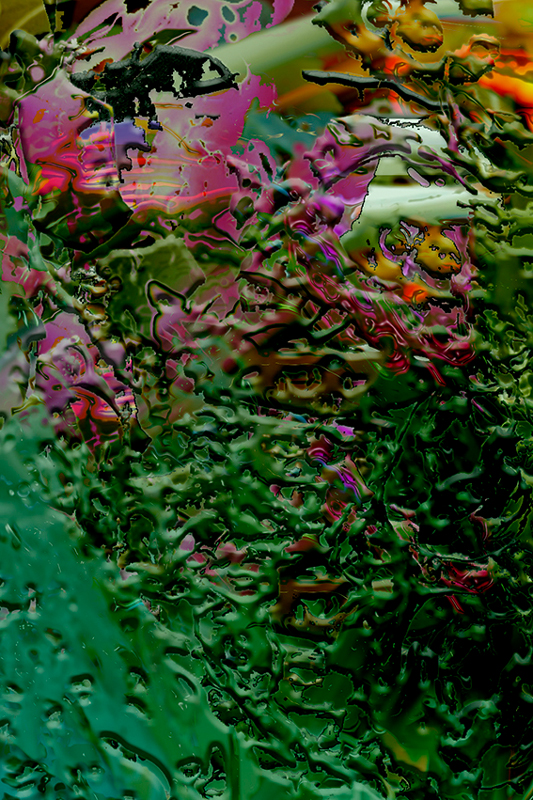
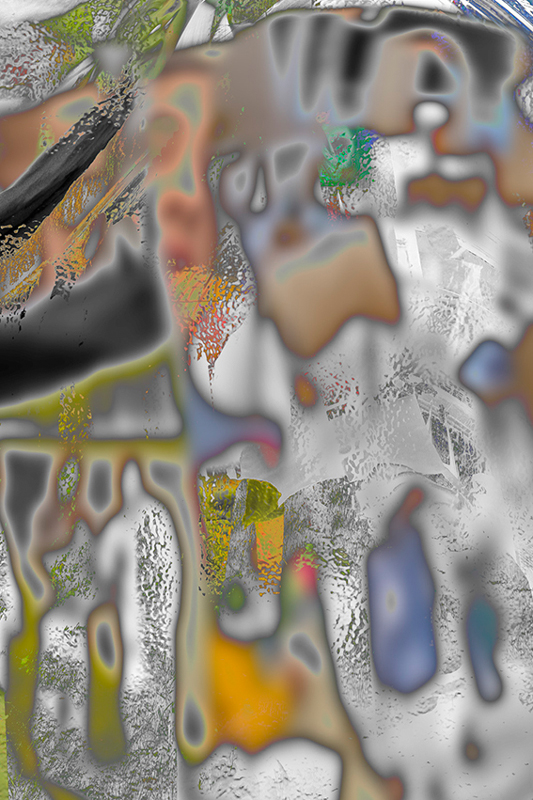
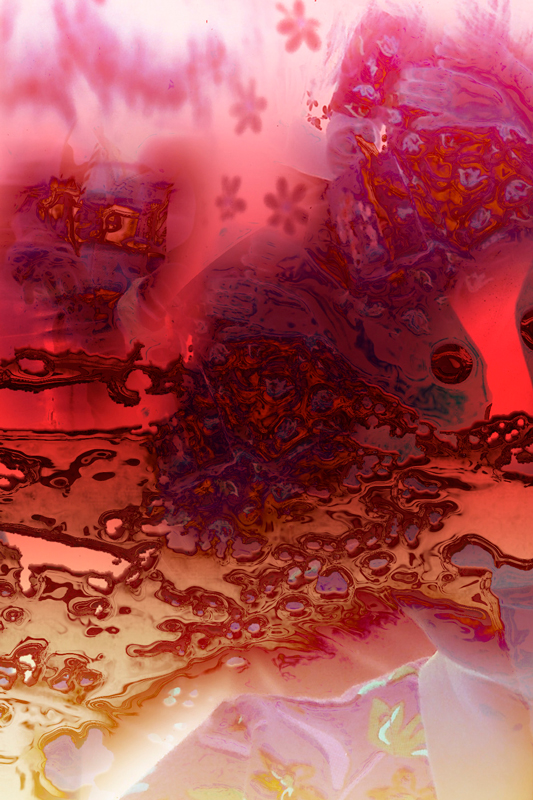
How important is it for you to collaborate with others?
S: Collaborating with others can be something complicated to manage because it really depends on some many things: the people, the project itself, the time and space. However, I come to realize that is something that I really appreciate and want to keep doing in the future. I believe it elevates the value of the project, reaching a more solid state.
M: I find it very difficult to collaborate with others creatively, especially within the realm of music. However, working with Sara on Gel Illusions went surprisingly smoothly. We never met in person so we had to get creative around utilizing online tools and it worked very well. I felt like Sara gave me enough input to develop interesting musical ideas but also left enough space for me to explore the memories through sound and have fun with it.
F: It’s a practice that designers and artists should do way more often as both parts could get strengthened by the working process. Collaborating is like having a plan with some friends and you figure out wherever you want to go and how you want to do it, kind of “being your own boss”. It takes you out of the comfort zone and you might get challenged by the other person. Just like in real life, it could end up being something good or at least new.
The collection of presented memories is structured into six sections, Childhood – Paris – Portugal – Barcelona – Switzerland – Trips, named mostly after the places Sara has lived so far. “Childhood and Trips are a bit out of line, but they are some of the most important memories. There’s just no location or exact time that can really define them”, Sara states. Each memory is accompanied by sound, which became a “crucial part of this project”, she adds, “The sounds were actually composed with voice memos not only from me, but also friends and family, to bring out a feeling of nostalgia of that moment in time. It adds a completely new layer to it and makes it much more special for me.” Apart from sound, each series is also accompanied by a few words, which work as hashtags for this particular memory. “It’s as if I’m giving you the pieces of the puzzle, that you have to finish in your mind. Leaving a sort of space for imagination for the audience to connect with my own memories”, she explains.
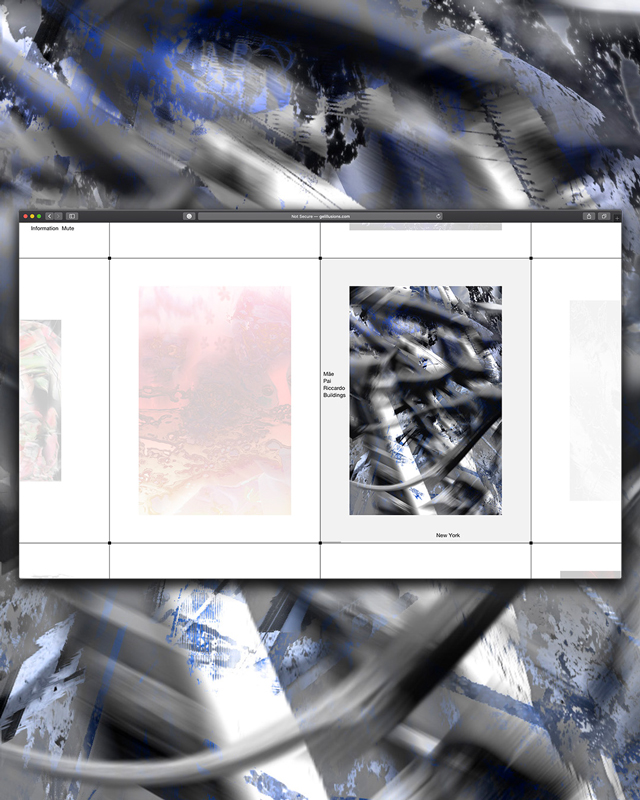
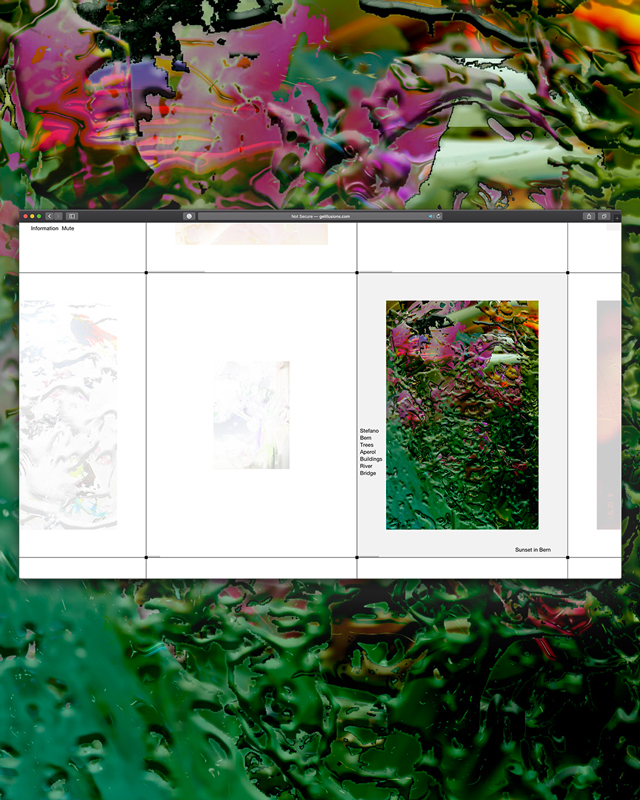
What is your favorite memory to date?
S: There’s so many, that’s why I selected 20 memories for my website. However one my favorite vivid memory is spending time with my parents in our house in Portugal. Summer night, eating outside, my dog under the table, having some nice drinks and eating my mom’s Italian food.
M: My earliest memory of spending time with my grandad as a little kid. Perhaps that’s why I enjoy the Gel Illusions memories referencing childhood the most.
Starting Gel Illusions has been a really intimate process for Sara, through which she reflected on her past and delved into each mood and moment of her memory. By revisiting those memories, she created a space for those missing pieces, unanswered questions and blurry thoughts, a space where illusion and reality are so close to each other, they are barely distinguishable.
Gel Illusions
Website
Maciej Czubak
Fernando Espeso
Website
Instagram
COLLABORATIONS TO LOOK AT:
Core.Pan
Christian Fennesz with Ryiuchi Sakamoto
Steve Reid with Kieran Hebden
Actress with the London Contemporary Orchestra
#freegratis“ project by Carlos Mayo, Pedro Ajo and Miguel Catto

